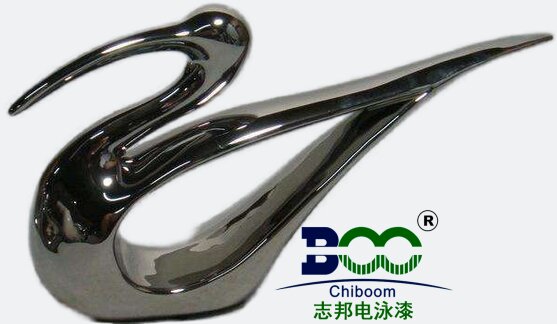How to use electrophoretic paint
Detailed Usage of Electrophoretic Paint
Electrophoretic paint, as an efficient painting technology, is widely applied in various industries such as automobiles, home appliances, building materials, and furniture. It is highly recognized in the market due to its uniform coating, excellent corrosion resistance, and wear resistance. Below, we will elaborate on the usage of electrophoretic paint to help readers better understand and apply this technology.
I. Preparation
Before using electrophoretic paint, a series of preparatory work needs to be done. Firstly, the object to be painted must be cleaned thoroughly to remove dirt, oil stains, rust, and other impurities on the surface, ensuring that it is dry. For metal surfaces, rust removers and acid cleaners can be used to remove oxide layers and rust, increasing the roughness of the surface so that the paint film adheres more firmly.
II. Protective Measures
Before painting, protect specific parts of the object using tape or other coverings, such as threads, bearings, etc., to avoid unnecessary painting.

III. Painting Process
Preparation of Electrophoretic Paint: According to the product manual and equipment instructions, dilute the electrophoretic paint at a certain ratio and pour it into the paint bath tank. Please note that different electrophoretic paint manufacturers and equipment may have different dilution ratios and painting requirements, so specific operations should refer to the relevant instructions.
Immersion of Objects: Immerse the pretreated object into the paint bath tank, ensuring that it is completely immersed in the paint solution. During immersion, pay attention to the placement of the object to avoid uneven paint film during the painting process.
Electrophoretic Coating: Turn on the electrophoretic power supply to make the object the cathode (or anode, depending on the type of electrophoretic paint). Under the action of the electric field, the particles in the paint bath will deposit on the surface of the object, forming a uniform and dense coating. During this process, control the parameters such as electrophoretic current, voltage, and time to ensure the quality and thickness of the coating.
IV. Post-treatment
Power Off and Rinsing: After painting, first turn off the power and take out the object from the paint bath. Place the object in clean water for rinsing to remove excess paint solution and impurities. During rinsing, pay attention to the cleanliness and temperature of the water to avoid damaging the coating.
Drying and Curing: Place the rinsed object in a drying chamber and dry and cure it using an appropriate temperature and time. The curing temperature and time need to be determined based on the material and thickness of the primer. Through high-temperature curing, the primer can form a solid protective film, improving the corrosion resistance of metal products.
Intermediate Coating and Topcoat: After the primer treatment, metal products may require one or more intermediate coating layers to enhance the adhesion and weather resistance of the paint film. Finally, apply the topcoat electrophoretic paint to form a uniform and smooth paint film on the surface of the metal product. The process of topcoat painting is similar to the primer, but the paint material and color may be different.
V. Precautions
Safe Operation: Follow relevant safety operating procedures when handling electrophoretic paint to ensure the safety of operators. Avoid direct contact with electrophoretic paint and paint solution to prevent damage to skin and eyes.
Equipment Maintenance: Regularly maintain and clean the electrophoretic equipment and paint bath tank to ensure the normal operation of the equipment and the cleanliness of the paint solution.
Environmental Control: Control environmental parameters such as temperature, humidity, and air quality during the electrophoretic painting process to ensure the painting quality and coating performance.





 WeChat
WeChat